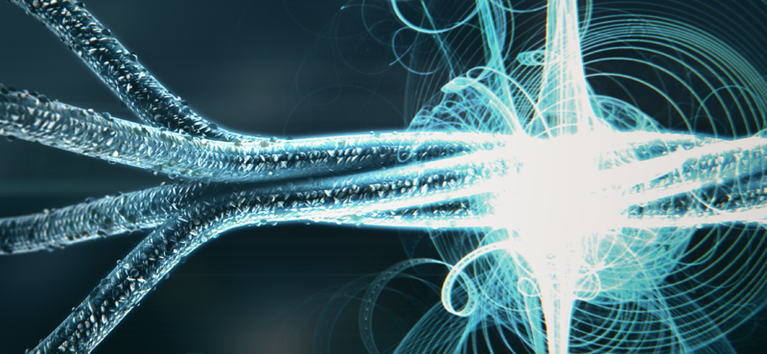Even computers can miscalculate. Already small disturbances change stored information and corrupt results. That is why computers use methods to continuously correct such errors. In quantum computers, the vulnerability to errors can be reduced by storing quantum information in more than a single quantum particle. These logical quantum bits are less sensitive to errors. In recent years, theorists have developed many different error correction codes and optimized them for different tasks. “The most promising codes in quantum error correction are those defined on a two-dimensional lattice,” explains Thomas Monz from the Department of Experimental Physics at the University of Innsbruck. “This is due to the fact that the physical structure of current quantum computers can be very well mapped through such lattices.” With the help of the codes, logical quantum bits can be distributed over several quantum objects. The quantum physicists from Innsbruck have now succeeded for the first time in entangling two quantum bits coded in this way. The entanglement of two quantum bits is an important resource of quantum computers, giving them a performance advantage over classical computers.
Read more here.

